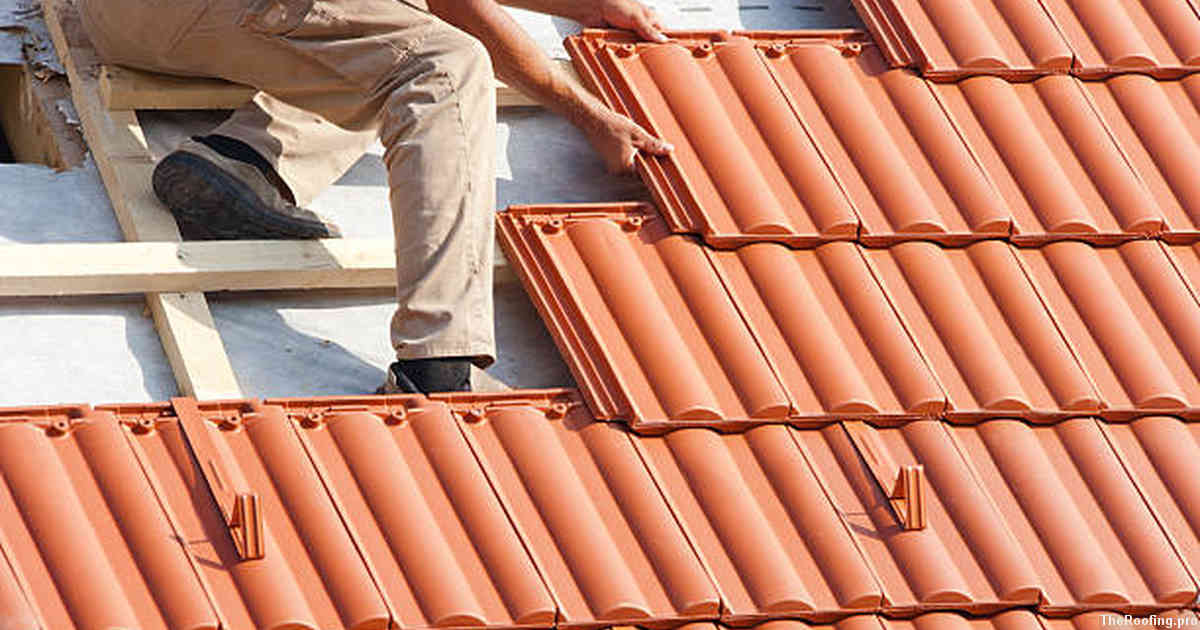
Metal roofing is a popular choice for homeowners who are looking to reduce their energy bills. This type of roofing material has been used since the early 1900s, but it has recently seen a resurgence in popularity due to its ability to improve energy efficiency and durability. Metal roofs come in many different styles and colors, allowing homeowners to customize their home’s exterior look while still achieving an efficient and durable roofing system.
Contents:
Metal roofs are made from either steel or aluminum and feature interlocking panels that provide superior protection against weather elements such as rain, snow, wind, and hail. The metal also reflects sunlight which helps keep homes cooler during hot summer days by reducing the amount of heat absorbed into the house. This reflective quality also helps reduce cooling costs by preventing unnecessary solar radiation from entering your home through windows or other openings on your property.
The main advantage of metal roofs is their ability to last up to four times longer than traditional asphalt shingle materials like wood shakes or slate tiles which can deteriorate quickly over time with exposure to moisture or ultraviolet light rays from the sun’s rays. Metal roofs have an average lifespan between 40-70 years depending on maintenance practices so they can easily outlast other types of roofing materials without needing costly repairs down the line.
The downside of metal roofs is that they may be more expensive initially than other types of roofing materials like asphalt shingle systems because you need specialized tools for installation as well as extra bracing underneath the material if your home doesn’t already have it installed prior to starting work on installing a new metal roof system. If you live in areas where there are extreme temperature fluctuations throughout the year then it’s important that you use insulation underneath your metal roof so it will perform at its best when temperatures rise significantly above freezing levels during warmer months; otherwise condensation could build up inside causing mold growth within walls and ceilings leading eventually lead structural damage over time if not taken care of immediately once discovered.
Pros of Metal Roofing for Energy Efficiency
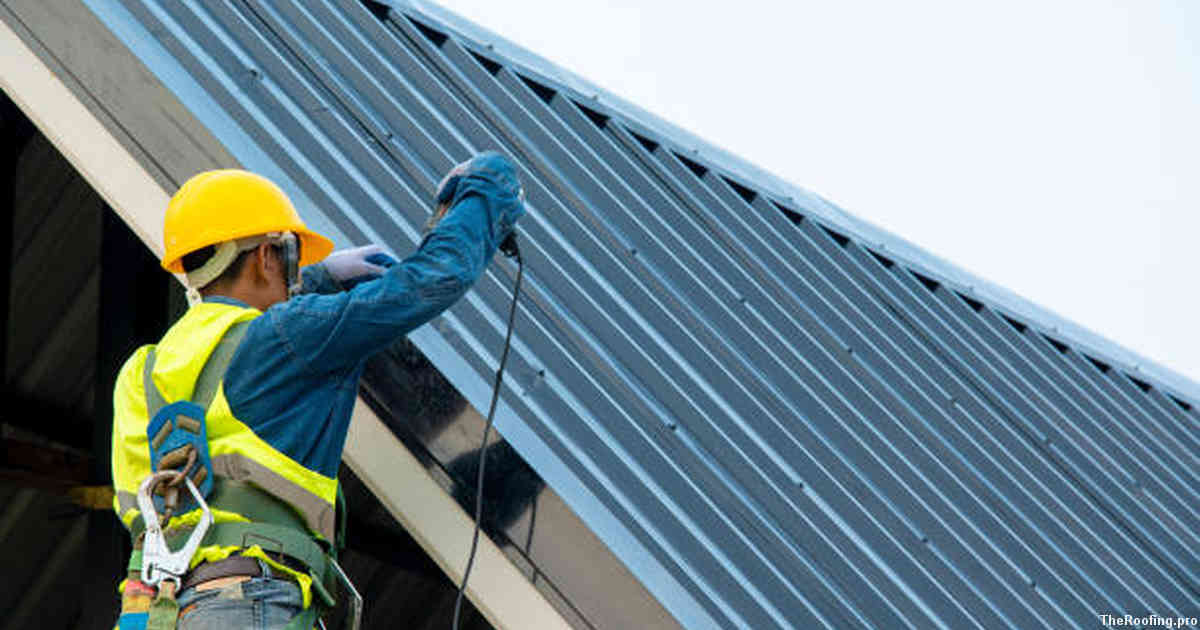
Metal roofing is becoming increasingly popular as a way to improve the energy efficiency of homes and businesses. It has several advantages that make it an attractive option for homeowners looking to reduce their energy costs.
One of the primary benefits of metal roofing is its high reflectivity, which helps to keep heat out during the summer months and in during colder temperatures. Metal roofs are highly reflective because they contain pigments that absorb sunlight, preventing much of it from entering the building’s interior space. This can help significantly reduce cooling costs by keeping rooms cooler in hot weather. Metal roofs also provide excellent insulation against cold air infiltration during winter months, resulting in lower heating bills over time.
Another advantage of metal roofing is its durability and longevity when compared with other materials such as asphalt shingles or tile roofs. Metal roofs are often rated for 50 years or more before needing major repairs or replacement due to wear-and-tear damage like cracking and fading caused by exposure to extreme temperatures or UV rays from direct sunlight. As such, metal roofing may offer cost savings over time since it will not need replacing nearly as often as other types of roofing materials would require maintenance every 10-15 years on average.
Durable and Long Lasting
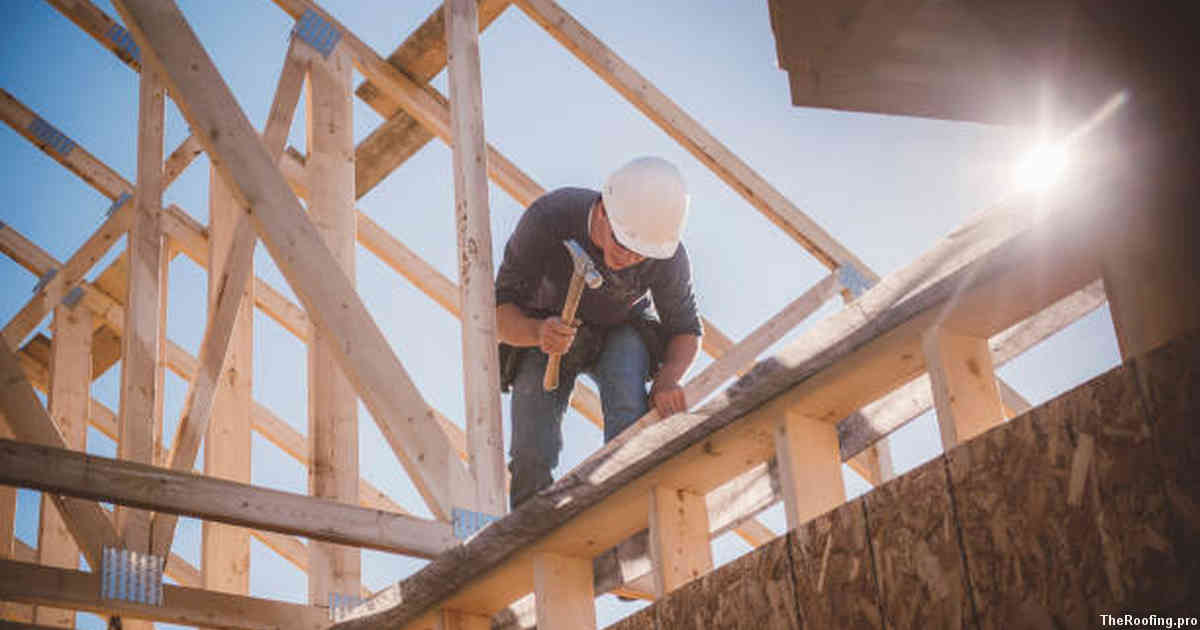
Metal roofing is a great choice for energy efficiency because of its long-lasting durability. This type of roofing material is strong and resilient, meaning it can withstand harsh weather conditions such as heavy snow or extreme winds. It also won’t succumb to rot or decay like some other types of materials used in roof construction. Metal roofs are fire resistant and will protect your home from the elements better than any other type of roof available on the market today.
One advantage to using metal roofing for energy efficiency is that it does not require regular maintenance like asphalt shingle roofs do. Metal roofs rarely need repairs over time, so you won’t have to worry about dealing with costly replacements every few years due to wear and tear. Also, since metal reflects heat more efficiently than other materials, it can help reduce cooling costs during hot summer months by keeping your home cooler overall.
Metal roofs are environmentally friendly because they don’t contain harmful chemicals like many traditional building materials do. These products are recyclable at the end of their lifespan so they won’t contribute further pollution into our environment once removed from your home or business premises.
Reflects Heat from the Sun
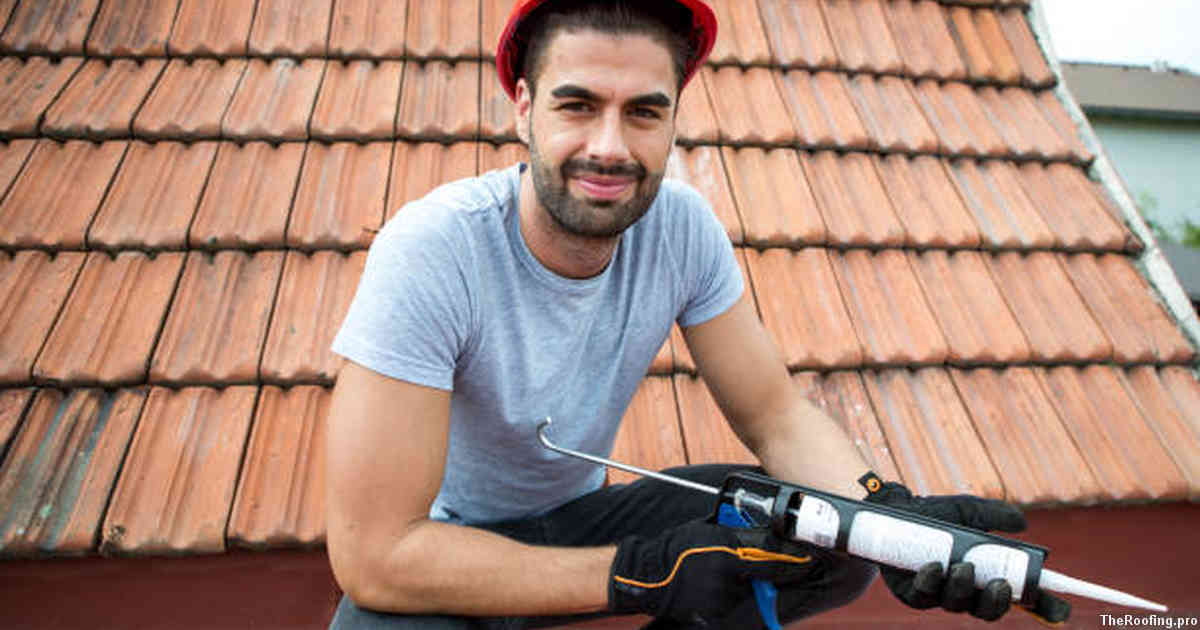
One of the major advantages of metal roofing is its ability to reflect heat from the sun. This means that it can help to reduce the amount of energy needed for cooling a home during hot summer months, as well as helping to keep interior temperatures more comfortable. The reflective nature of metal roofing helps in two ways: firstly, it reflects some of the direct sunlight away from your home before it even enters through windows and other openings; secondly, any heat that does enter into your home is then reflected back outwards due to its high thermal reflectivity.
The reflective quality also works in reverse during winter months when you want to retain as much warmth inside your home as possible – this time around though, reflecting infrared radiation rather than visible light. This process allows homeowners with metal roofs enjoy an additional layer of insulation which may help them save on their heating bills over time.
One further benefit offered by metal roofs is their natural resistance against corrosion and rust due to a protective coating applied at manufacturing stage or through galvanization techniques later down the line if required. This makes them particularly suitable for coastal regions or areas prone to extreme weather conditions where traditional materials might not be able withstand wear and tear over longer periods without needing costly repairs or replacements earlier than expected.
Lightweight and Easy to Install
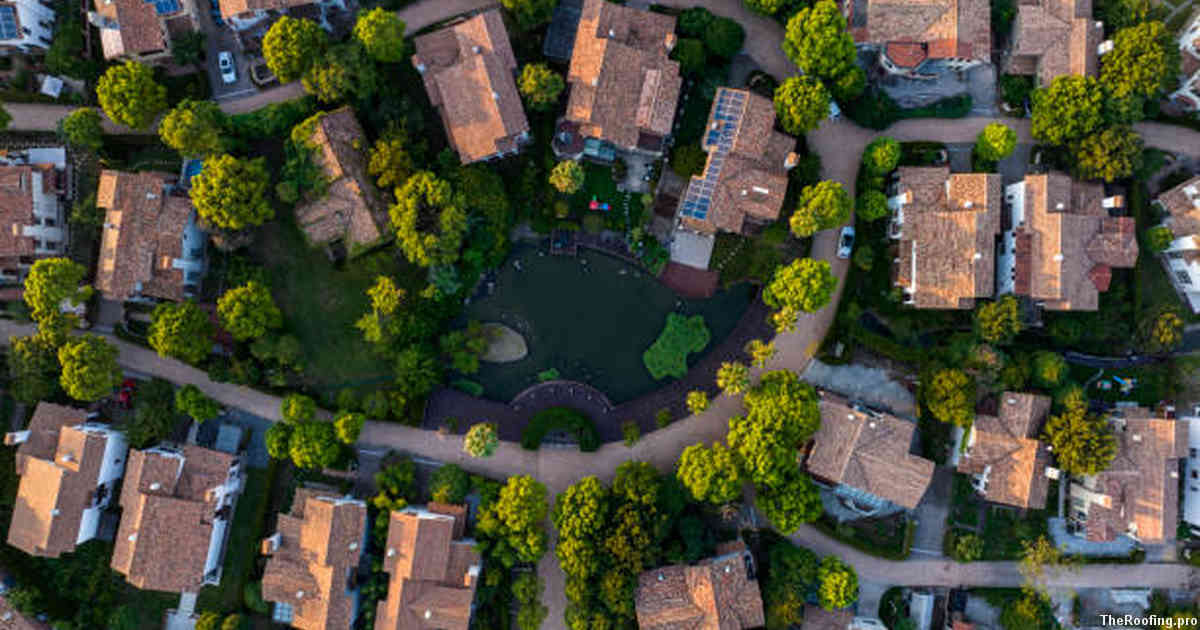
Metal roofing has a lot of advantages when it comes to energy efficiency. One of the most appealing features is its light weight, which makes installation much easier and faster than other types of roofs. The lightweight materials used in metal roofing also make it more affordable, since there is less labor involved during the installation process.
Another advantage of metal roofing for energy efficiency is that the panels are made from recycled materials, which reduces the need for additional resources and helps reduce waste. This type of roof also reflects sunlight better than asphalt shingle roofs, keeping your home cooler in summer months while helping you save on electricity bills. In addition to this, metal roofs can last up to 50 years or longer with proper maintenance – making them an ideal long-term investment for homeowners looking for an energy efficient option that won’t require frequent repairs or replacement over time.
Metal roofing systems are also easy to install due to their modular design – allowing you to customize your own setup with minimal effort and cost. With pre-cut sections available at many hardware stores, all you have to do is assemble them together according to your needs – saving you both time and money compared with traditional methods like asphalt shingle installation. These panels come in a variety of colors and styles so you can find one that perfectly fits your home’s exterior aesthetic without compromising on quality or performance.
Environmentally Friendly
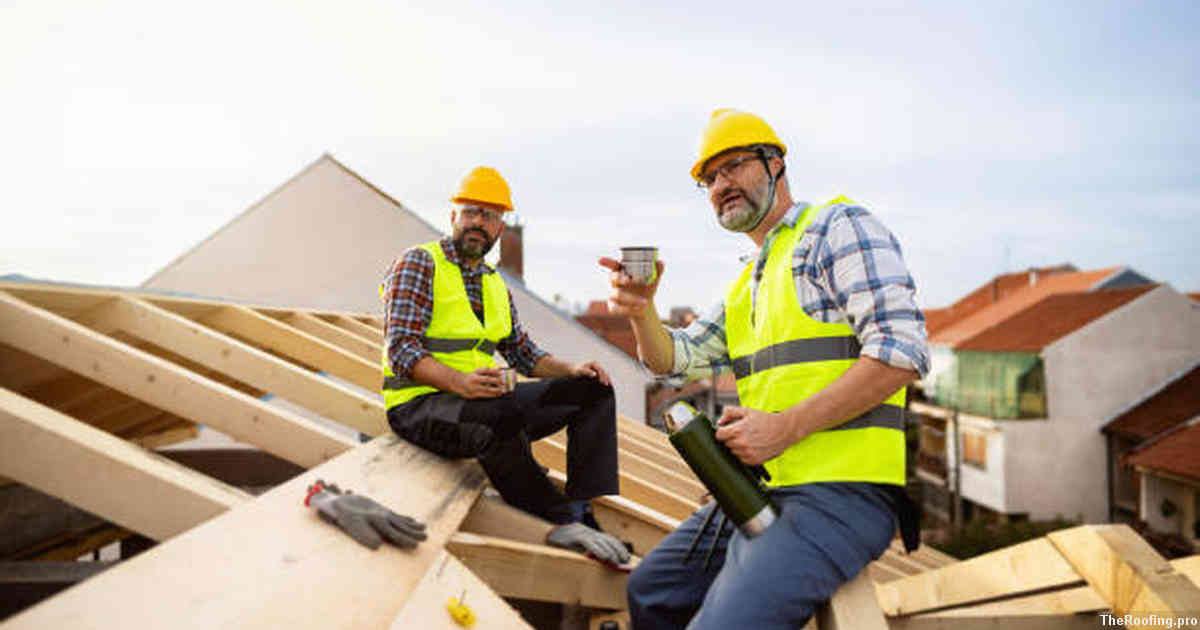
The metal roofing industry has grown exponentially in recent years due to its ability to provide energy efficiency, cost savings and a more environmentally friendly option than traditional asphalt shingle roofing. Metal roofs are made from recycled materials, require little maintenance and have the potential to reduce your energy costs by reflecting heat away from your home or business. Many metal roofs come with an Energy Star rating which further adds to their sustainability credentials.
Metal roofs are also often constructed using lightweight metals such as aluminum or steel that can be used without additional support structures being needed for installation. This means that fewer materials need to be used during construction making them more eco-friendly compared to heavier materials like concrete tiles or slate shingles. Since metal roofing does not absorb heat like other types of roofing material it stays cooler during hot weather months helping reduce the amount of air conditioning you may need in order to stay comfortable inside your home or office building.
When it comes time for replacement a metal roof can often be installed directly over existing asphalt shingle roofs saving on the cost and effort of having old material removed prior installing new one; this helps keep excess waste out of landfills while still providing you with great energy efficiency benefits and long lasting protection against extreme weather conditions.
Cons of Metal Roofing for Energy Efficiency
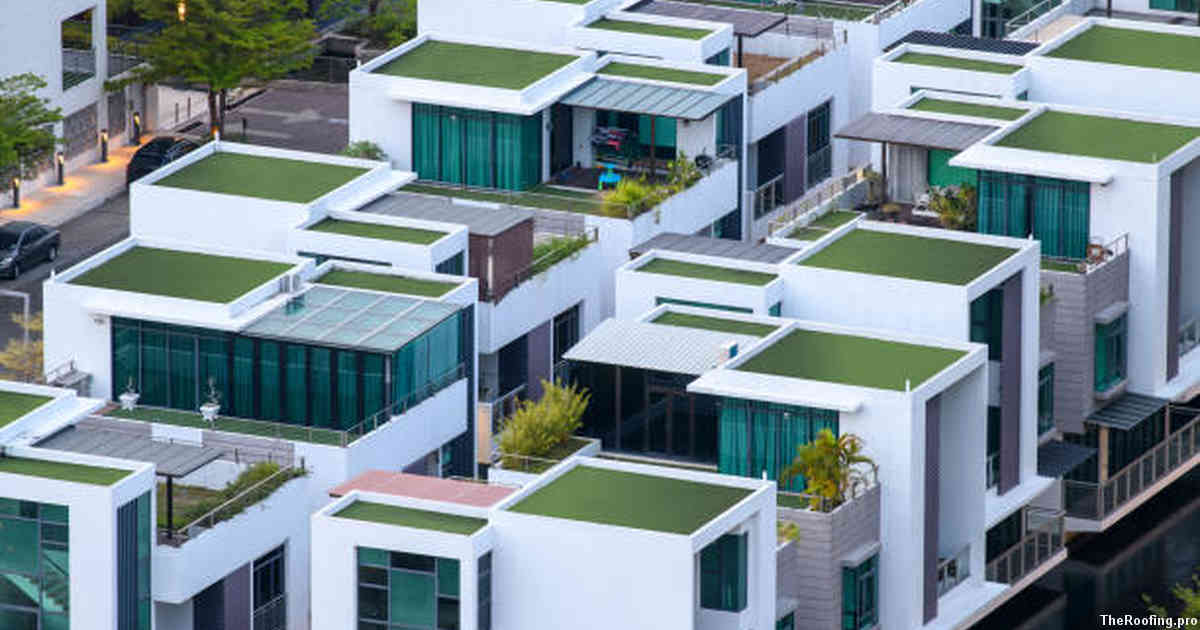
Metal roofing has many advantages when it comes to energy efficiency, but there are also some potential downsides that should be taken into consideration. One con of metal roofs is their susceptibility to noise. Metal roofs can amplify the sound of rain, hail, and other environmental noises. This could make it difficult for people living in a home with metal roofing to get a good night’s sleep or concentrate on tasks during the day due to loud ambient noise from outside.
Another con is that metal roofs may not always provide optimal insulation against extreme temperatures. During the summer months, metal roofing can trap heat inside the house and cause air conditioning bills to spike as cooling systems have difficulty keeping up with the high internal temperature of homes with metal roofs. Similarly, during cold winter months this lack of insulation can lead to higher heating costs since heat escapes more easily through thin sheets of steel compared to thicker layers of traditional shingle materials such as asphalt or wood composite tiles.
One disadvantage specific to residential properties is that certain types of metals used for roofing can corrode over time if exposed too long in harsh weather conditions like strong winds or heavy snowfall accumulations which puts extra strain on them while they hold onto large amounts of weight above them at all times throughout winter seasons. While corrosion-resistant coatings are available for some metals like aluminum and copper, these treatments will add additional cost and maintenance requirements compared against traditional alternatives such as asphalt shingle installation which requires less upkeep over its lifetime than other materials do when properly installed by a qualified contractor who specializes in this type workmanship.
Expensive Initial Cost
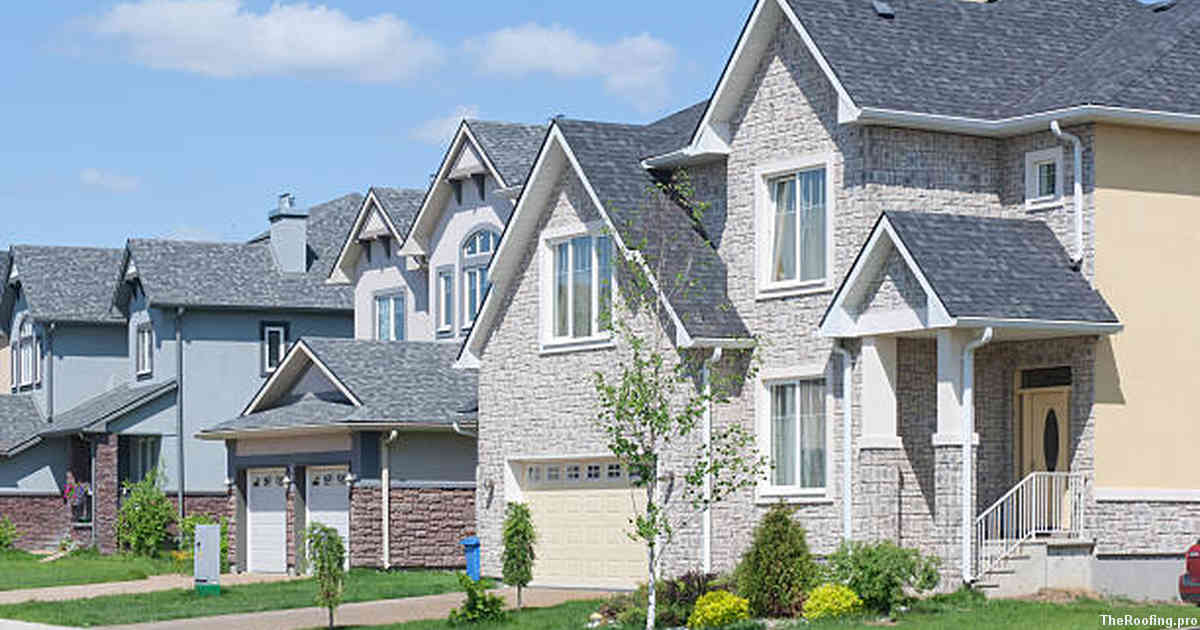
When it comes to making the switch to metal roofing for energy efficiency, one of the biggest drawbacks is the initial cost. Metal roofs are typically more expensive than traditional asphalt shingles and other types of roof materials. This can be a deterrent for many homeowners who may already have limited budgets when it comes to home improvement projects. However, even though there is an up-front expense associated with metal roofs, they offer long-term savings in terms of reduced maintenance costs and increased energy efficiency that can easily offset this initial investment over time.
Metal roofs are made from durable materials such as aluminum or steel which makes them highly resistant to fire, wind damage and extreme temperatures compared to other types of roof material like asphalt shingles which tend to wear down quickly due to their lack of durability in certain weather conditions. Because these materials are designed specifically for energy efficiency, they also come with added insulation benefits that help keep your home cool during hot summer months while reducing your monthly utility bills at the same time.
Despite its high upfront cost compared with traditional asphalt shingle roofs or other alternatives on the market today; a properly installed metal roof can last anywhere between 30-50 years if maintained correctly – making it one of the most reliable and efficient choices available when looking for ways reduce your environmental footprint while still keeping your home safe from potential weather damages year after year.
Susceptible to Rust and Corrosion
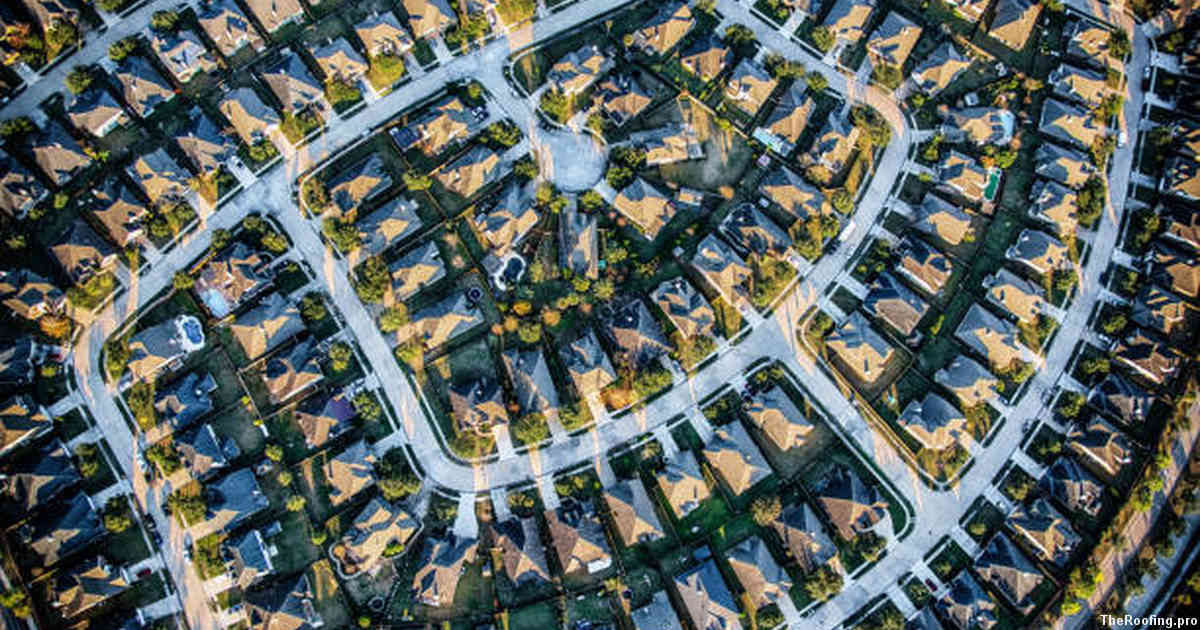
When it comes to metal roofing, one of the main cons is its susceptibility to rust and corrosion. Steel and aluminum are both strong materials that can withstand extreme temperatures; however, they can be vulnerable to rust and corrosion if not properly maintained. For instance, galvanized steel roofs should be coated with a protective sealant in order to protect them from the elements and prevent oxidation over time. Similarly, aluminum roofs should also have an additional layer of protection such as a sealant or paint in order for it to remain durable over time.
Although metal roofing may require more maintenance than other types of roofing materials such as asphalt shingles or wood shakes, the increased durability offered by metal often outweighs these extra costs associated with upkeep. Since metals are reflective surfaces they will absorb less heat energy during summer months when compared with dark-colored traditional shingle roofs which absorb most solar radiation due to their darker pigments. This means that homes with metal roofs will experience cooler temperatures inside during summertime months leading to lower energy bills overall.
While there are some drawbacks associated with using metal roofing such as susceptibility to rust and corrosion; these issues can easily be addressed through proper maintenance thus ensuring long-term durability without having frequent replacements like those seen on other types of roofing materials like asphalt shingle options which usually last only around 20 years before needing replacement.
Potential Noise Issues
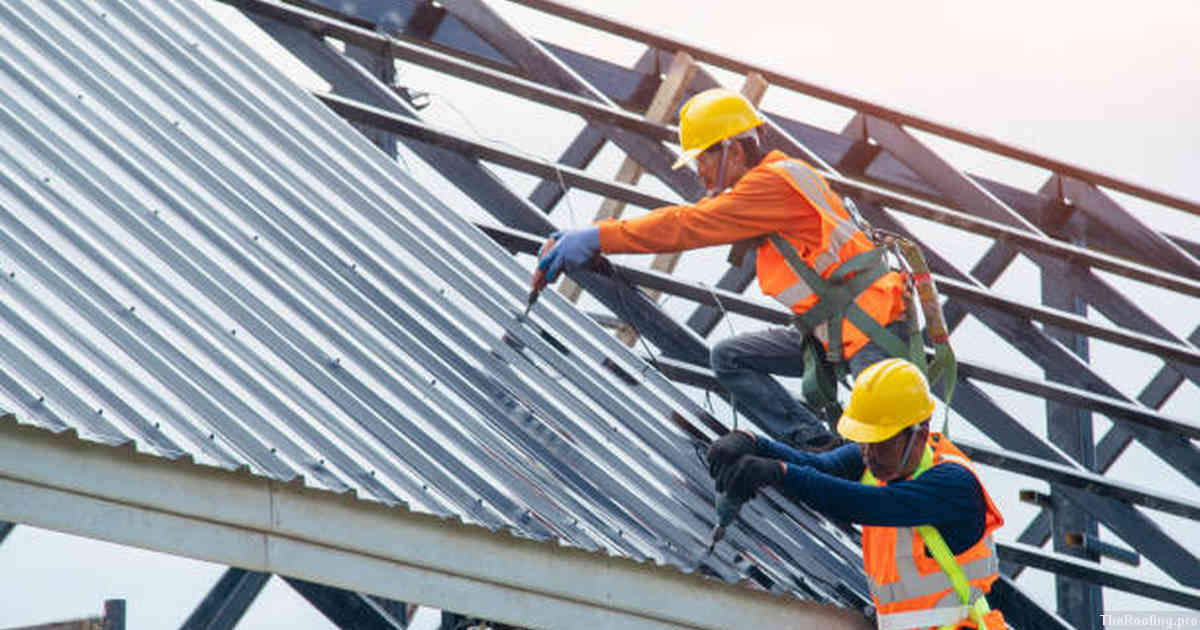
One potential issue that could arise with metal roofing is noise. On a windy day, the sound of air blowing across metal surfaces can be quite loud. As such, if you live in an area with high winds, it’s important to consider how this may affect your home’s energy efficiency and comfort levels. To help reduce noise levels, look for products designed to absorb sound or create a barrier between the exterior and interior of your house. Some manufacturers offer thicker metals which are better at dampening noise than thinner options.
The type of material used on your metal roof can also influence noise levels. If you opt for corrugated sheet metal panels or standing seam panels then these materials will tend to amplify sound due to their ribbed structure – so make sure to keep this in mind when making a decision about what kind of paneling best suits your needs. Conversely, solid sheet metal roofs typically have fewer ribs and grooves resulting in less amplified sound from outside sources like wind gusts or rainstorms.
Insulation plays an important role in mitigating outdoor sounds from entering your home through the roof surface as well as keeping heat trapped inside during colder months – both of which are essential for maximizing energy efficiency and comfort within the household environment throughout all four seasons of the year.
Difficult to Repair
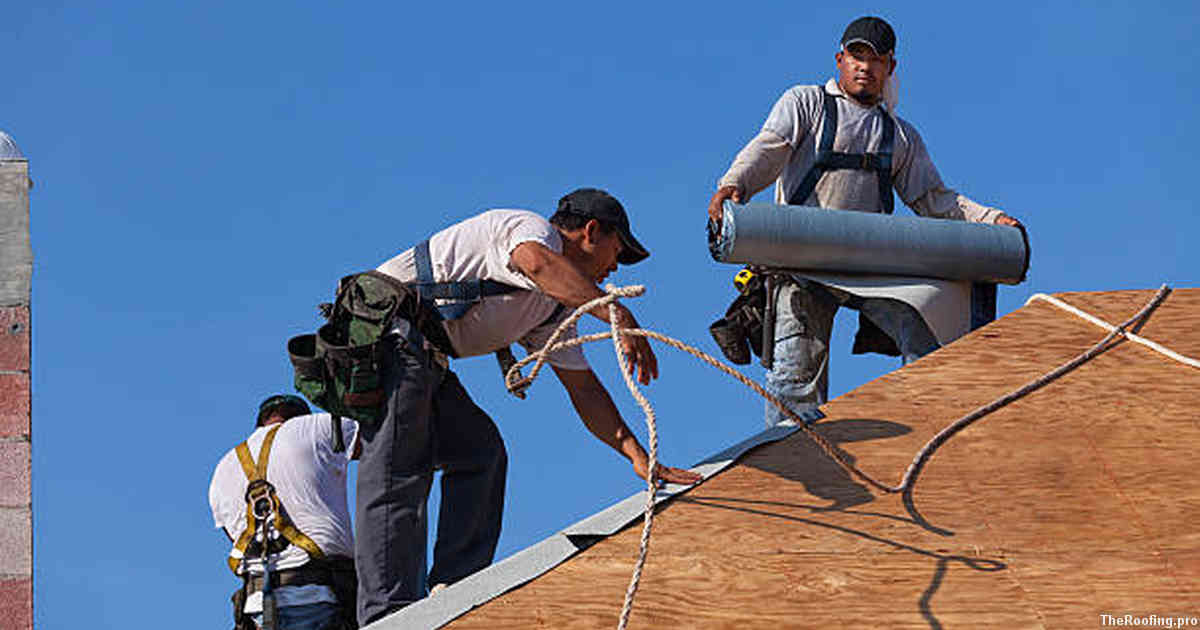
When it comes to metal roofing, one of the main pros is its energy efficiency. However, this type of roofing does come with some drawbacks as well. One such disadvantage is that repairing a metal roof can be difficult.
First and foremost, due to their design, certain tools are needed in order to repair a metal roof correctly and safely. This includes things like saws and rivet guns which can sometimes be hard to find or expensive for someone without experience in the industry. If you are not comfortable using these types of tools yourself then it’s best to leave repairs up to an experienced professional as any mistakes made during the process could lead to further damage or even injury.
Due to their complex construction methods and materials used in creating them such as aluminum or steel sheets with seams connecting them together, finding areas where there has been leakage can also be difficult when attempting self-repairs on a metal roof. While most professionals have access to special equipment which allows them detect leaky spots quickly and easily; many DIYers lack such resources meaning they would need an extended amount of time just trying locate exactly where the water has been seeping through from.